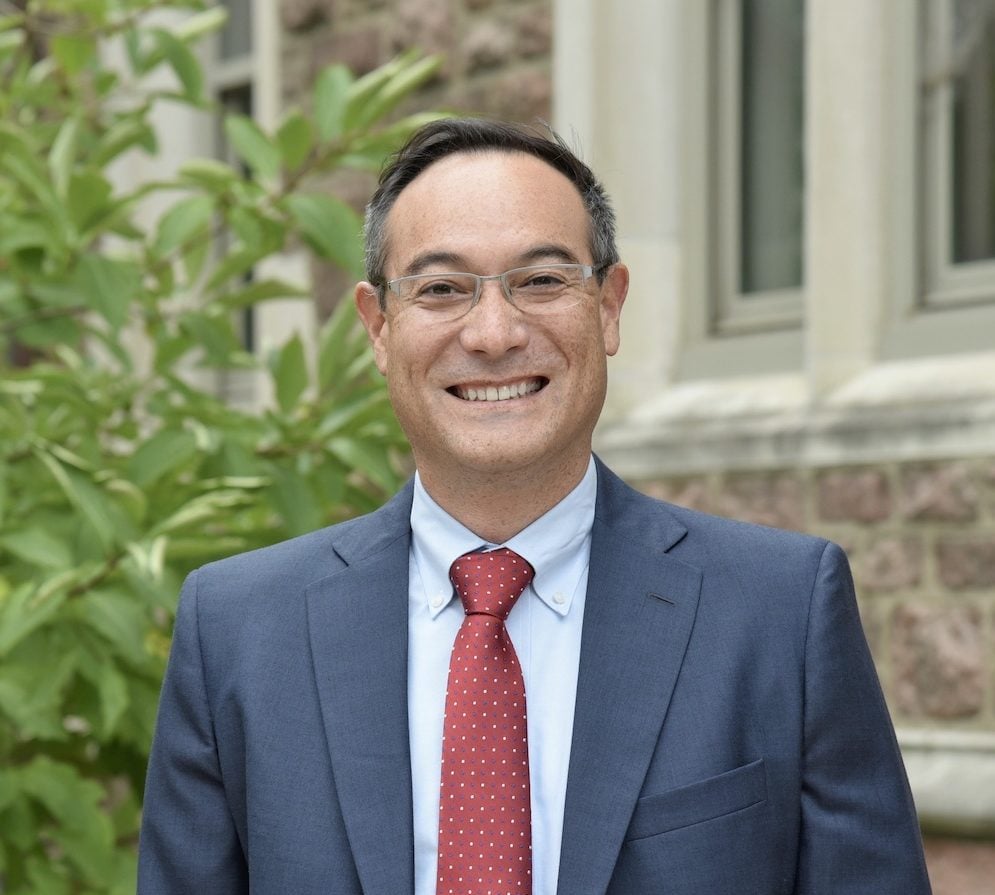The Slow Dawn of this Easter
April 22, 2020

Even as the Easter holiday has come and gone for many, I continue sitting in the presence of Easter; trying to embrace the promise and reality of resurrection. I’d be lying to say that it’s easy to live into the promise and the reality of resurrection, especially now. Sustained detachment from our routines and the physical company we so rely on is jarring. Needless to say, it’s even more difficult when the context is a pandemic, an invisible viral enemy threatening human life. More and more, it lays claim to human lives of our own loved ones.
While Easter centers life over death, love having the final word, it doesn’t feel like that’s what is actually happening outside our sheltered-in-place windows. And somehow, in that reality, my faith has given me comfort in affirming my all too human doubt, my radical contingency on God’s unceasing love and grace, and ultimately my own powerlessness. And, I found that through an unlikely re-reading of the Gospel accounts of the resurrection.
When I was a boy, sitting in all day Good Friday services in the Orthodox church, I remember reading those four accounts, Matthew, Mark, Luke and John, noting the striking differences between each of them. Clearly, I thought, this couldn’t intend a historical account of a sequence of facts, at least not as we understand history and facts.
That said, most Biblical scholars affirm that the earliest account comes from the Gospel of Mark, and that Mark 16:8 is where the earliest canonical Christian gospel ends. It ends like this: “Trembling and bewildered, the women went out and fled from the tomb. They said nothing to anyone, because they were afraid.”
It ends with silence and fear. What kind of ending is that?
Here are some things that most scholars agree upon. Jesus was crucified and died on a Friday, the Sabbath, and during Passover at that. Hanging on a cross dying, the only followers of his who didn’t leave his side were women. By the time the sun set, it would have been illegal and dangerous for those women to still be out, so after he died, he had to be hastily buried, without the usual treatment of his body.
And that is why early on Sunday, according to Mark’s Gospel, Mary Magdalene, Mary the mother of James, and Salome went back to the tomb with spices to anoint his body. They couldn’t do it on the day he died. They went as soon as they could on Sunday, just after sunrise, where they were met by the utterly bewildering and frightening sight of the tomb with the stone rolled away. After the hell of witnessing his execution, still in shock and trauma, they now faced this.
And Mark’s Gospel continues:
5. As they entered the tomb, they saw a young man dressed in a white robe sitting on the right side, and they were alarmed.
6. “Don’t be alarmed,” he said. “You are looking for Jesus the Nazarene, who was crucified. He has risen! He is not here. See the place where they laid him. But go, tell his disciples and Peter, ‘He is going ahead of you into Galilee. There you will see him, just as he told you.’”
But how could they rejoice in this news? Imagine living through the murder and execution of someone you love dearly, then going to take care of their body and finding that their grave was disturbed and the body missing. So, we get this.
8. Trembling and bewildered, the women went out and fled from the tomb. They said nothing to anyone, because they were afraid.
The earliest account of the Easter moment is not a thunderbolt of blinding light. It is shock and confusion. Easter dawns more like a slow meditative dawn, long shadows interrupting the fullness of sunrise, the full sun too bright to look at directly.
And that’s how it felt this year. Easter is gloriously meaningful and beautifully hopeful. Yet, holding on to the promise of life over death, of Jesus’ bodily resurrection, befuddles not only rational, logical sense, but so much of our lived experience these days.
When this pandemic is “over,” do we immediately rejoice and embrace one another in the streets? I imagine it will be a lot more like a slow dawning, as we emerge from fear, anxiety and grief. And yet, emerge we will. That is the promise, and that is what my faith has taught me and continues to teach me this Easter season.
Share
Related Articles
American Civic Life
American Civic Life
American Civic Life
Hymns Through Masks: Christians Mark Another Pandemic Easter



